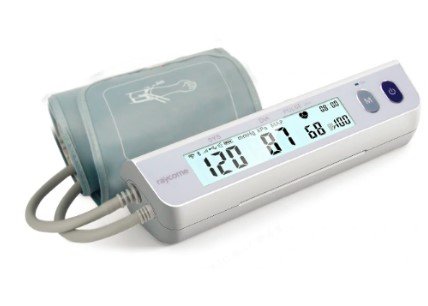Ensuring Accuracy of Molecular Diagnostic Tests in Medical Laboratories
Summary
- Quality Control measures in place to ensure accuracy of molecular Diagnostic Tests
- The role of regulatory bodies in maintaining standards in medical laboratories
- Importance of proper phlebotomy procedures for accurate Test Results
Introduction
Medical laboratories play a crucial role in the healthcare industry by providing accurate diagnostic Test Results for various conditions. In the United States, the accuracy of molecular Diagnostic Tests is ensured through stringent Quality Control measures and adherence to regulatory standards. Additionally, proper phlebotomy procedures are essential for obtaining reliable samples for testing.
Quality Control in Medical Laboratories
Ensuring the accuracy of molecular Diagnostic Tests begins with maintaining high standards of Quality Control in medical laboratories. This involves a combination of processes and procedures designed to minimize errors and ensure consistent and reliable results. Some common Quality Control measures include:
1. Calibration and Standardization
Regular calibration of equipment and standardization of reagents are essential for accurate Test Results. This ensures that instruments are functioning properly and that Test Results are reliable and consistent.
2. Proficiency Testing
Participating in Proficiency Testing programs allows laboratories to assess their performance by comparing their results with other labs. This helps identify any areas of improvement and ensures the accuracy of Test Results.
3. Quality Assurance Programs
Establishing quality assurance programs helps laboratories maintain high standards of quality and consistency in testing procedures. This involves regular monitoring and evaluation of processes to identify and address any issues that may affect Test Results.
Regulatory Standards
Regulatory bodies play a crucial role in maintaining standards in medical laboratories to ensure the accuracy of molecular Diagnostic Tests. In the United States, organizations such as the Centers for Medicare & Medicaid Services (CMS) and the Clinical Laboratory Improvement Amendments (CLIA) set forth guidelines and Regulations that laboratories must adhere to. These Regulations cover a wide range of areas, including:
1. Personnel Qualifications
Regulatory standards dictate the qualifications and Training Requirements for laboratory personnel, including phlebotomists and technicians. Ensuring that staff members are properly trained and competent is essential for accurate Test Results.
2. Test Validation and Verification
Laboratories are required to validate and verify all tests performed to ensure their accuracy and reliability. This involves conducting studies to confirm that the test is working as intended and producing accurate results.
3. Record-keeping and Documentation
Accurate record-keeping and documentation are essential for maintaining compliance with regulatory standards. Laboratories must keep detailed records of all testing procedures, results, and Quality Control measures to ensure traceability and accountability.
Phlebotomy Procedures
Proper phlebotomy procedures are essential for obtaining accurate samples for molecular Diagnostic Tests. Phlebotomy, the process of collecting blood samples from patients, requires careful attention to detail to ensure the integrity of the sample. Some key considerations for phlebotomy procedures include:
1. Patient Identification
Proper identification of the patient is essential to prevent sample mix-ups and ensure that Test Results are attributed to the correct individual. This involves verifying the patient's identity using two unique identifiers, such as name and date of birth.
2. Site Preparation
Preparing the site of blood collection is crucial for obtaining a clean and uncontaminated sample. This involves cleaning the site with an antiseptic solution and allowing it to dry before the blood draw.
3. Sample Collection and Handling
The technique used to collect and handle blood samples can impact the accuracy of Test Results. Properly trained phlebotomists must follow guidelines for sample collection, including using the correct needles and tubes, labeling samples correctly, and storing them at the appropriate temperature.
Conclusion
Ensuring the accuracy of molecular Diagnostic Tests in medical laboratories and phlebotomy procedures in the United States involves a combination of Quality Control measures, regulatory standards, and proper procedures. By adhering to these guidelines and implementing best practices, laboratories can provide reliable and accurate Test Results that contribute to high-quality patient care.

Disclaimer: The content provided on this blog is for informational purposes only, reflecting the personal opinions and insights of the author(s) on the topics. The information provided should not be used for diagnosing or treating a health problem or disease, and those seeking personal medical advice should consult with a licensed physician. Always seek the advice of your doctor or other qualified health provider regarding a medical condition. Never disregard professional medical advice or delay in seeking it because of something you have read on this website. If you think you may have a medical emergency, call 911 or go to the nearest emergency room immediately. No physician-patient relationship is created by this web site or its use. No contributors to this web site make any representations, express or implied, with respect to the information provided herein or to its use. While we strive to share accurate and up-to-date information, we cannot guarantee the completeness, reliability, or accuracy of the content. The blog may also include links to external websites and resources for the convenience of our readers. Please note that linking to other sites does not imply endorsement of their content, practices, or services by us. Readers should use their discretion and judgment while exploring any external links and resources mentioned on this blog.
